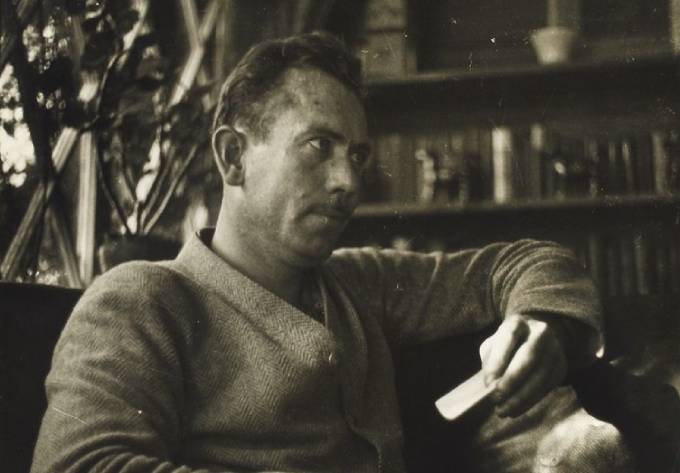Another new book on John Steinbeck, the second published by a major press in less than a year, promises to turn the heads and hearts of scholars and fans alike by reassessing Steinbeck’s life and work from a radically contemporary point of view. Like Mad at the World, the widely praised life of Steinbeck written by the Minnesota journalist-biographer William Souder and published by W.W. Norton in 2020, Gavin Jones’s Reclaiming John Steinbeck: Writing for the Future of Humanity (Cambridge University Press, 2021) seeks to rescue Steinbeck from canonical boredom by rebooting the controversy around an author who infuriated the establishment of his time by refusing to stay in a box of others’ making. Steinbeck dropped out of Stanford University without a degree in 1925 and frequently expressed impatience with academic critics and reviewers who tried to nail him to a particular philosophy, movement, or style. A popular Stanford University English professor with three previous books to his credit, Gavin Jones puts a deep reading of selected works, from Cup of Gold (1929) to Cannery Row (1945), to rigorous use in exploring Steinbeck’s treatment of such subjects as eugenics, racism, disability, and environmental degradation—issues that challenge the future of humanity in our time.
Image of Gavin Jones courtesy Cambridge University Press.













